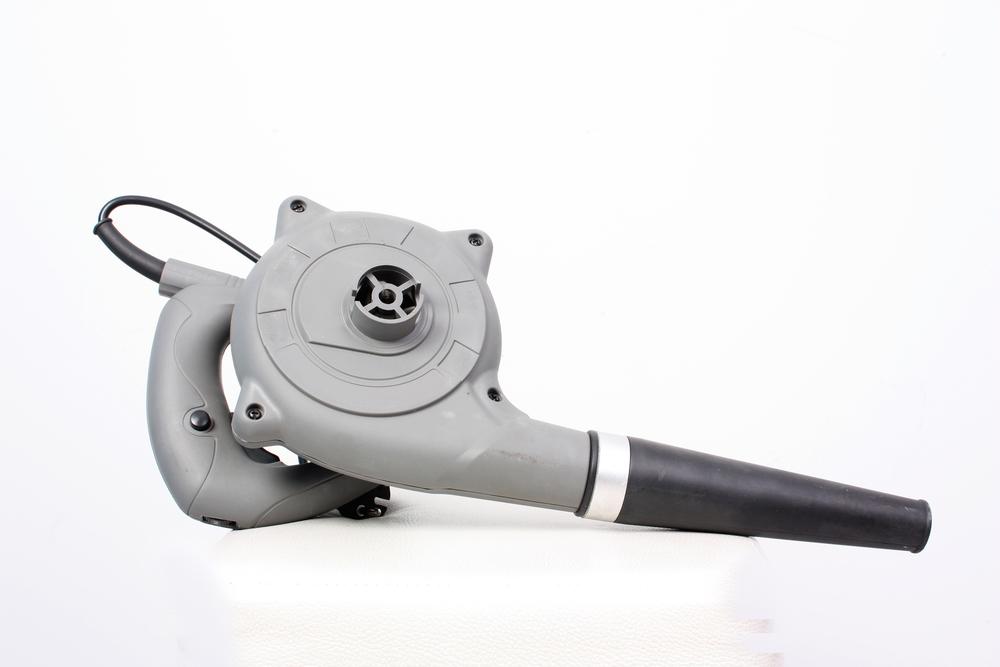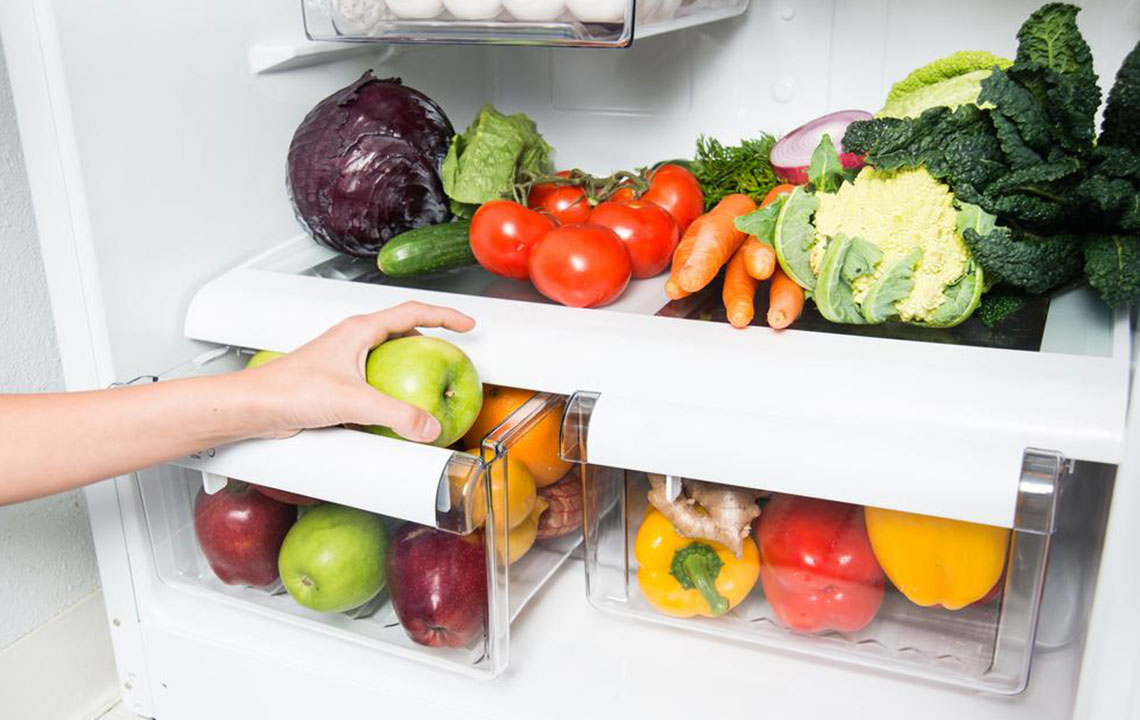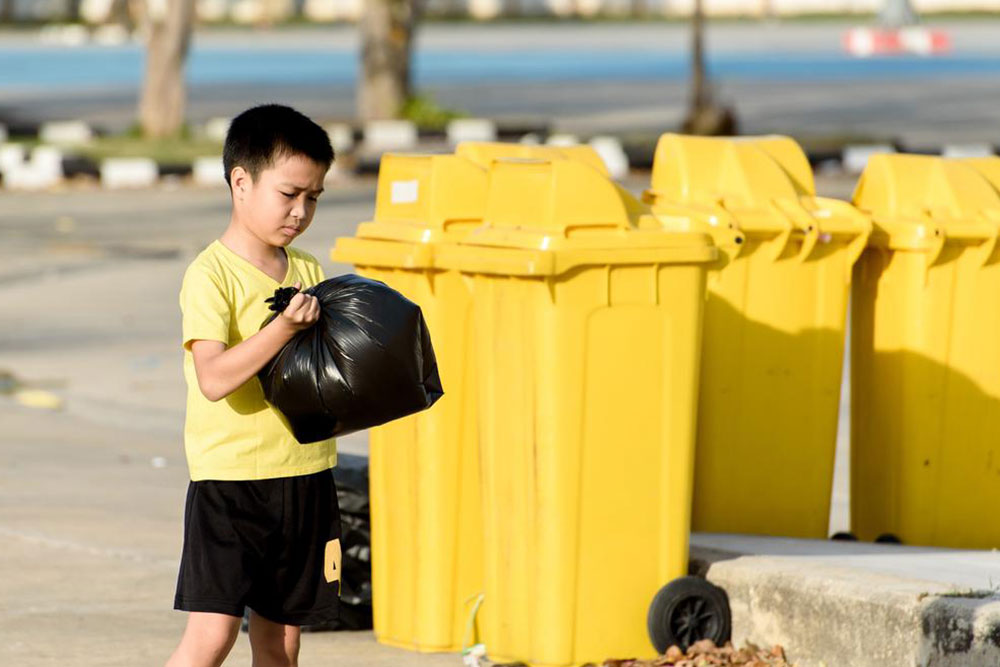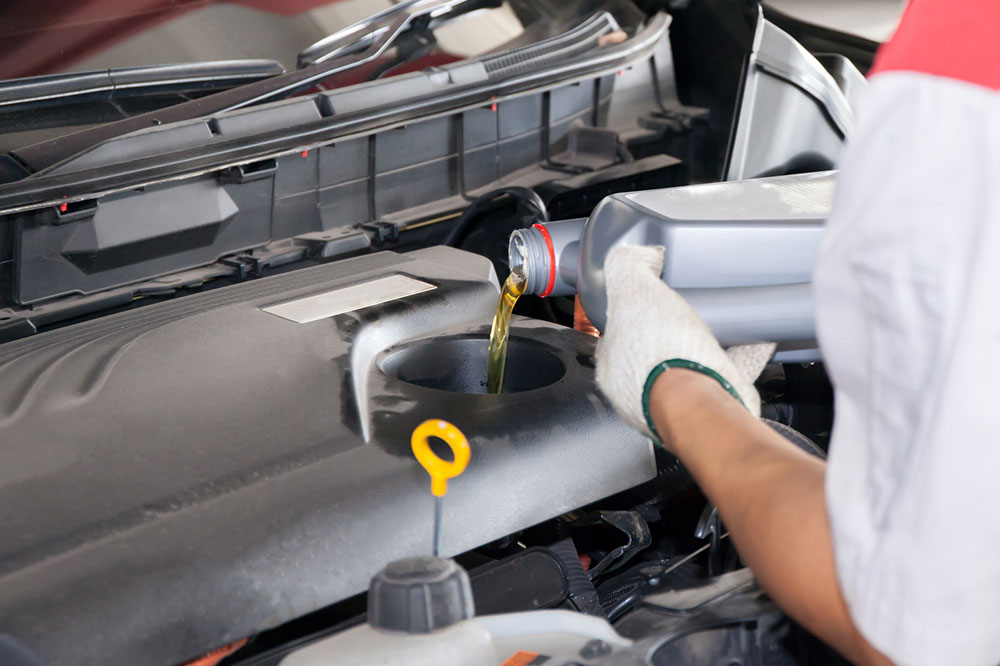Environmental Impact of Household Refrigerators and Sustainable Alternatives
This article explores the environmental impact of household refrigerators, highlighting the issues caused by traditional refrigerants and discussing sustainable alternatives. It emphasizes the importance of eco-friendly choices and responsible disposal to mitigate global warming effects. The piece underscores ongoing efforts to develop safer refrigerants that balance efficiency and environmental health, encouraging consumers and industry leaders to prioritize sustainability in appliance choices.
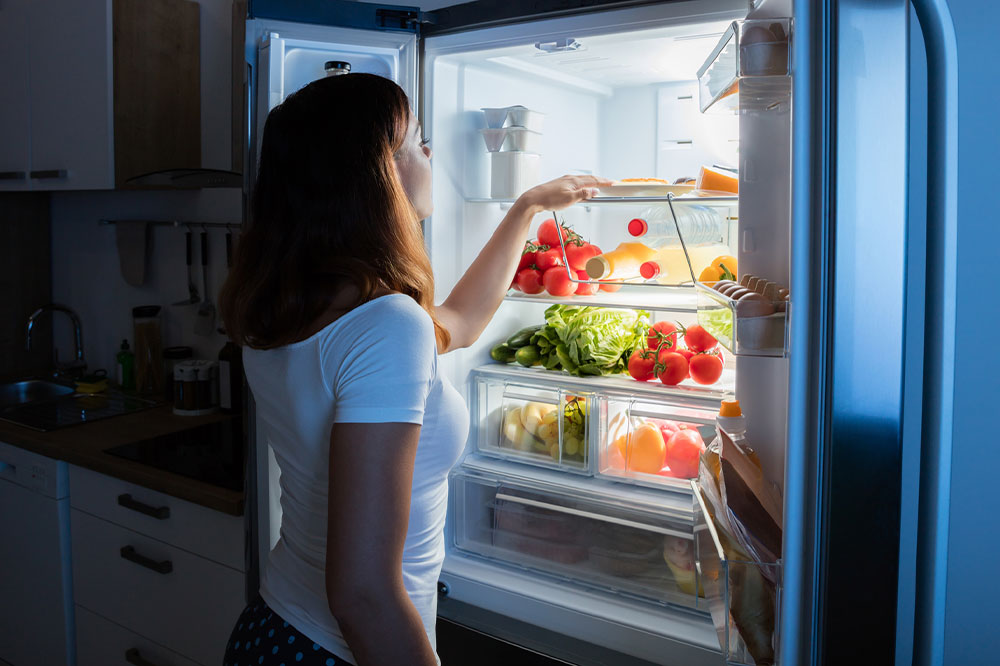
Environmental Impact of Household Refrigerators and Sustainable Alternatives
Refrigerators are essential appliances in modern homes, providing convenient cooling for food and beverages. However, their environmental footprint is significant, contributing to global warming through the use of harmful refrigerants. Understanding how refrigerators work and exploring greener alternatives can help reduce their adverse effects on our planet.
How do refrigerators operate?
They utilize refrigerants—liquid cooling agents that switch between liquid and gas states to absorb heat from inside the unit and release it outside, maintaining a cool interior space.
Refrigerant types
Historically, chlorofluorocarbons (CFCs) were popular in refrigerators and air conditioning units but were found to degrade the ozone layer. Later, safer options like hydrofluorocarbons (HFCs) and hydrochlorofluorocarbons (HCFCs) emerged. Though less damaging to ozone, these alternatives are potent greenhouse gases and contribute to global warming. The cooling industry is responsible for approximately 10% of worldwide CO2 emissions, highlighting the urgent need for eco-friendly solutions.
Efforts toward sustainability
Despite technological advancements since 1902, complete replacement of refrigerants has proven challenging. Some companies, including Coca-Cola, PepsiCo, and Unilever, are experimenting with alternative refrigerants like ammonia, hydrocarbons, and CO2 that are less harmful to the environment. These options are being incorporated into consumer products to promote sustainability.
Challenges and considerations
While natural refrigerants are more eco-friendly, they pose risks such as toxicity (ammonia) or flammability (propane). These factors complicate their widespread adoption. Nonetheless, environmentally conscious choices and responsible waste management can make a positive difference in reducing the ecological impact of refrigeration technology.
Consumers and manufacturers alike should prioritize sustainable options and proper disposal practices to protect our planet.

